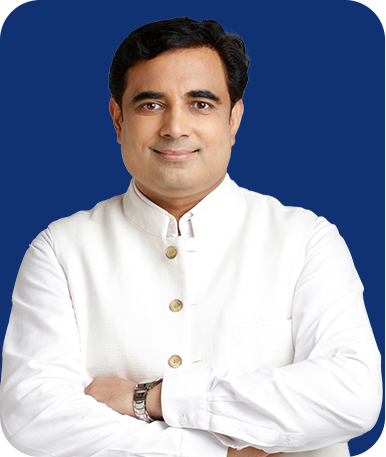
India is a land of different traditions and festivals. Every part of the country has its own festivals, which are celebrated in their own ways. One must visit various places to witness these diverse forms of celebrating the same festival. Every color used during Holi has its own significance and importance. People wear white and the color is splashed on their white dresses. This signifies that life is pure and we are spiritual souls; one should color their lives with beautiful colors by fulfilling their dreams and by living their lives with great zeal and zest.
The festival of colors, Holi, is observed after Poornima every year (in March). It is one of the most celebrated festivals in India. Did you know Holi festival has been given different names; and also has many different ways of celebrations! There are many mythological stories attached to this festival. Holika Dehan symbolizes victory of good over evil whereas in Mathura, Holi is related with the eternal love of Krishna and Radha. Let’s dig and explore different ways of celebrating Holi in this country of diverse cultures, India!
LATHMAAR HOLI:
Celebrated in Barsana, the season of Holi is the most beautiful sight in this town. Being the birth place of Radha Rani, Lord Krishna’s beloved, the festival here is celebrated with great pomp and show. It is believed that Lord Krishna used to play a lot of pranks on gopis and Radha during the eve of Holi. This festival is often known as lathmaar holi in this town because of the way it is celebrated. On this auspicious day, women of this town take sweet revenge on the men of Nandgaon (birth place of Lord Krishna) who invade Barsana with colours in their hands, but are greeted by the ladies with sticks. People indulge themselves in folk dances and one must definitely visit this place to witness a fun-filled and exciting Holi.DULANDI HOLI:
This name is given to the festival Holi in the State of Haryana. The Bhabhis (brother’s wife) beats up their devars (brother-in-laws) in public as a punishment for playing pranks on her the entire year. In the evening, the brother-in-laws bring sweets and gifts for their bhabhis as reconciliation.RANGPANCHAMI:
In Maharashtra, Holi is often known by the name of Rangpanchami and Shimga. This festival is celebrated by the fisher folks of Maharashtra. The fisher folks sing and dance on folk songs on the festival. In every nook and corner of Maharashtra, one can hear “ Govinda ala re ala, zara matki sambhal brij baala!” with high enthusiasm among the youth. The young men form a pyramid for breaking the pots that are filled with butter-milk, hung on various streets. This tradition of celebrating Holi originated due to the stories of Lord Krishna, who was known to steal butter with his friends.DOL PURNIMA:
Holi is commonly known as Dol Purnima in West Bengal. On this auspicious day, the people dress up in orange saffron color clothes and wear garlands of fresh flowers. They arrange a “dol jatra” or “swing festival’ in which they place the idol of Lord Krishna in a beautifully decorated palki or palanquin. This palki is taken around the streets and the devotees dance around the Palki and splash colors and “abeer” on each other.HOLA MAHALLA:
Holi got this cheerful name of ‘Hola Mahalla’ from Punjab. The significance of the festival as well as the celebration is different than any other celebration. In this region, Holi is celebrated on a large scale in the form of a fair at Anandpur Sahib. This fair was initiated by Guru Gobind Singh. The entire Sikh community shows their strength through horse riding; the women voluntary cook food in large quantities and serve it to the people as prashad or langar. +91 9990176000
+91 9990176000 +91 9999097600
+91 9999097600
 CALENDAR 2025
CALENDAR 2025





